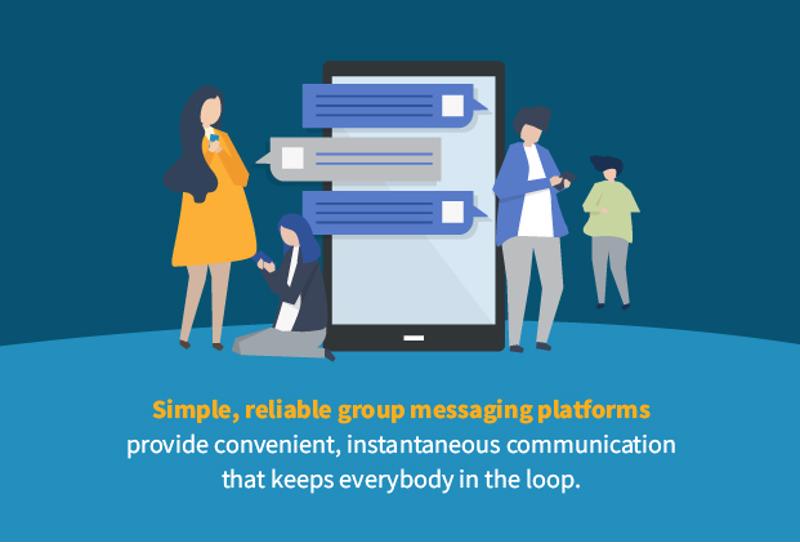Telecommunications technology has been an indispensable part of modern life for a long time. Voice, messaging, email, videoconferencing and other channels are indispensable tools for the contemporary workplace and for our personal lives.
As we continue to adjust to life under social distancing guidelines due to the spread of COVID-19, the way we use various communications platforms is in flux. Many workplaces have moved to remote work setups and individuals are seeking alternatives to face-to-face visits with friends and loved ones during a stressful and emotionally challenging time.
Here’s what these developments mean for various communications platforms.
More Voice, Messaging And Video
On March 31, AT&T reported that over the previous three weeks, traffic patterns on its mobile network increased in the following departments:
- Voice calls rose 33%.
- Instant messaging rose 63%.
- Text messaging rose 41%.
At the same time, traffic fell in these departments:
- Emailing decreased by 18%.
- Web browsing decreased by 5%.
Keep in mind that this data is just for the mobile networks.
At the same time, audio conferencing, videoconferencing and webcast usage multiplied.
The data suggests that messaging, voice and video communications are rising while email has taken a hit.
While individuals seek to substitute face time with a virtual connection and stay in sync using one-to-one and group messaging platforms, the patterns of how people talk to each other are changing with the times.

Benefits Of the New Landscape
Obviously, we can’t say definitively why these changes are happening. Perhaps individuals are checking their email less frequently on their phone because they’ve already moved their office electronics to their house, and they’re just checking email on their computer instead. At the same time, they want to spend more time quickly checking in with loved ones over messaging platforms.
But if the new data really does suggest a shift away from email and toward videoconferencing and texting, maybe that’s not such a bad thing for our communication habits.
The 2019 Adobe Email Usage Study found that survey respondents checked their work email an average of more than three hours per day, and frequently while off the clock.
Email saturation is a real problem. The same study found that most people don’t ever get to “inbox zero,” or a completely clean email inbox, with 41% of those who don’t, calling it “impossible.”
Quickly consumed texts and more personal voice and audio communications might be picking up some of the slack from our overflowing inboxes.
Challenges Of the New Landscape
On the other hand, all of this videoconferencing and messaging can overload current telecommunications infrastructure, leading to delays, glitches and dropped messages.
At the same time, the messages that are getting through on group threads can sometimes contain misinformation.
Responsible sharing and robust technology are necessary to thrive in the new communications landscape.
Simple, reliable group messaging platforms provide convenient, instantaneous communication that keeps everybody in the loop. GREXT offers you the ability to send group messages from your cell phone or the web. Find out more about our dependable web-based messaging app today.



